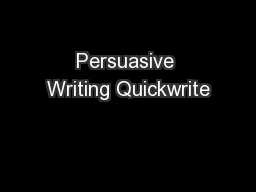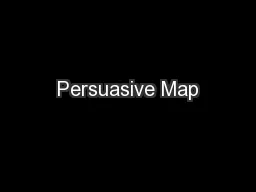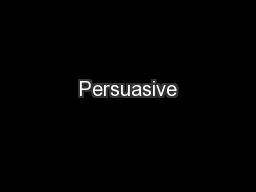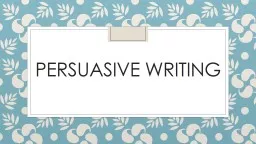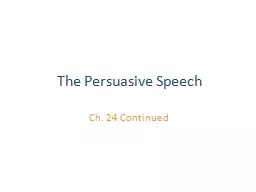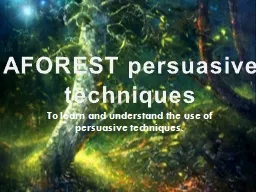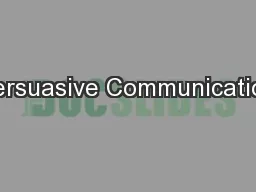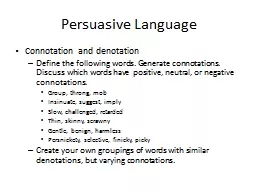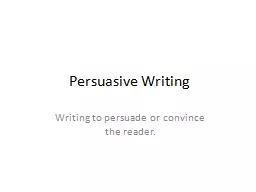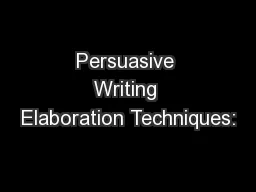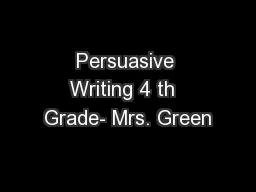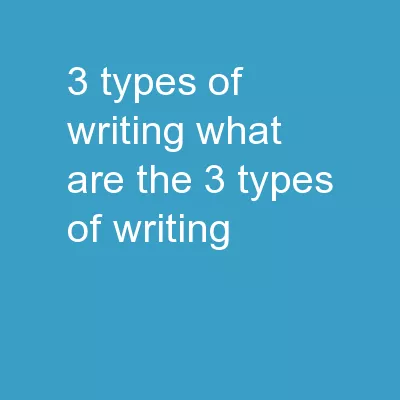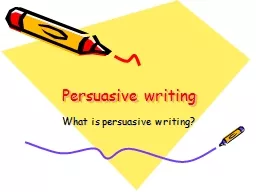PPT-Persuasive Writing Quickwrite
Author : trish-goza | Published Date : 2018-03-14
Why do we write persuasive essays How difficult is it to convince someone to act a certain way or do something Are there specific techniques that are helpful
Presentation Embed Code
Download Presentation
Download Presentation The PPT/PDF document "Persuasive Writing Quickwrite" is the property of its rightful owner. Permission is granted to download and print the materials on this website for personal, non-commercial use only, and to display it on your personal computer provided you do not modify the materials and that you retain all copyright notices contained in the materials. By downloading content from our website, you accept the terms of this agreement.
Persuasive Writing Quickwrite: Transcript
Download Rules Of Document
"Persuasive Writing Quickwrite"The content belongs to its owner. You may download and print it for personal use, without modification, and keep all copyright notices. By downloading, you agree to these terms.
Related Documents

